Smoky Secrets: 7 Must-Try Dry Rub Recipes for Barbecue Ribs That Will Melt in Your Mouth!
You don't need magic to create mouthwatering barbecue ribs — just the right barbecue ribs dry rub recipe. Whether you're a weekend griller or a seasoned pitmaster, perfecting your dry rub can elevate your ribs from okay to extraordinary. Let's dive into everything you need to know about crafting the ultimate dry rub that'll have your guests licking their fingers (and maybe even the bones).
Table of Contents
- Introduction
- What Makes a Great Dry Rub?
- 7 Irresistible Dry Rub Recipes
- How to Apply Your Dry Rub Like a Pro
- Buying Guide: Choosing the Best Ingredients
- Conclusion
Introduction
Barbecue ribs are a labor of love. Slow-smoked, tender, and bursting with flavor, they’re the centerpiece of any backyard cookout or BBQ competition. But here’s the secret weapon behind truly unforgettable ribs: the barbecue ribs dry rub recipe.
Unlike marinades or sauces, dry rubs penetrate the meat early on, enhancing flavor without making the exterior soggy. They form a crust called “bark,” which becomes one of the most desirable textures in low-and-slow barbecue.
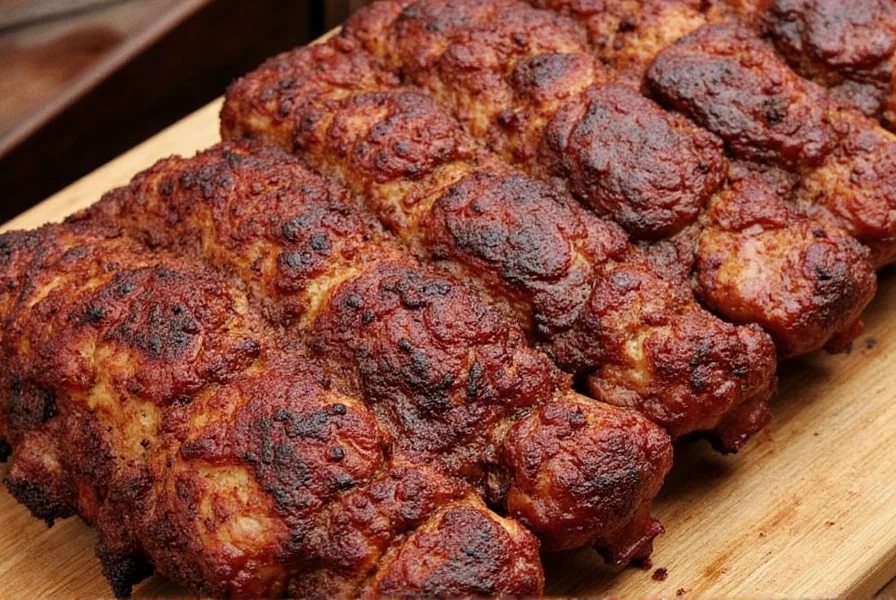
What Makes a Great Dry Rub?
A good dry rub isn’t just a random mix of spices thrown together. It’s a carefully balanced blend that complements the meat while enhancing its natural flavors. Here’s what every great barbecue ribs dry rub recipe should include:
- Salt: Enhances overall flavor and helps draw out moisture for better bark formation.
- Brown Sugar: Adds sweetness and promotes caramelization and color.
- Paprika: Lends a rich color and mild smokiness.
- Garlic & Onion Powder: Adds depth and savory notes.
- Pepper (Black, White, Cayenne): Brings heat and complexity.
- Optional Add-ins: Chili powder, cumin, mustard powder, coffee, cocoa powder, or even herbs like thyme or oregano.
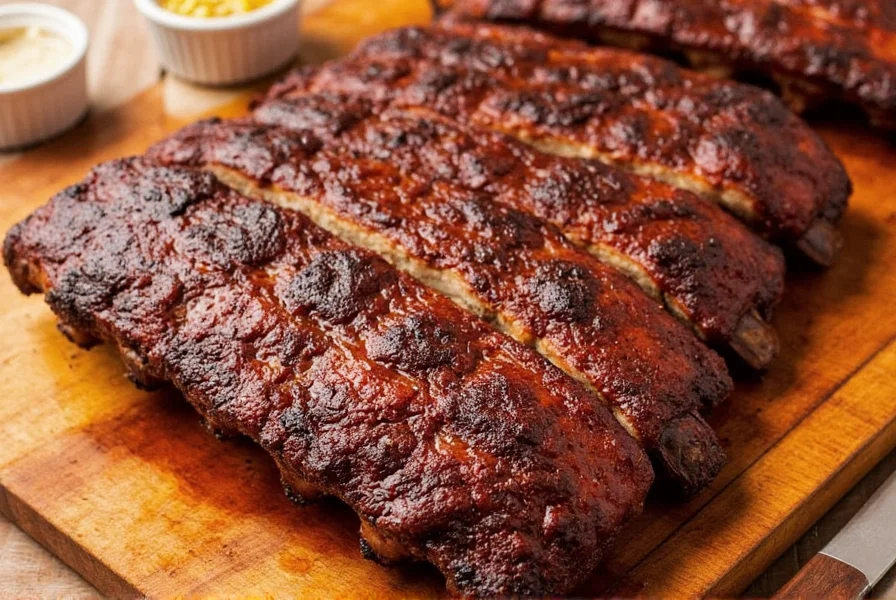
The Art of Balancing Flavors
Think of your dry rub like a symphony — every spice plays a role. Too much salt? Your ribs become a salt lick. Not enough sugar? No gorgeous mahogany crust. Finding harmony is key, especially if you're customizing your barbecue ribs dry rub recipe to match your taste or regional style.
| Spice | Flavor Contribution | Common Usage |
|---|---|---|
| Salt | Enhances all other flavors | Base layer |
| Brown Sugar | Sweetness, color, caramelization | 10–25% of total blend |
| Paprika | Color and subtle smokiness | Filler and base |
| Garlic Powder | Umami and depth | Backbone |
| Cayenne | Heat and bite | To taste |
7 Irresistible Dry Rub Recipes
Ready to spice things up? Below are seven standout barbecue ribs dry rub recipes, each tailored to a different taste profile and occasion. These blends are easy to make, customizable, and absolutely delicious.
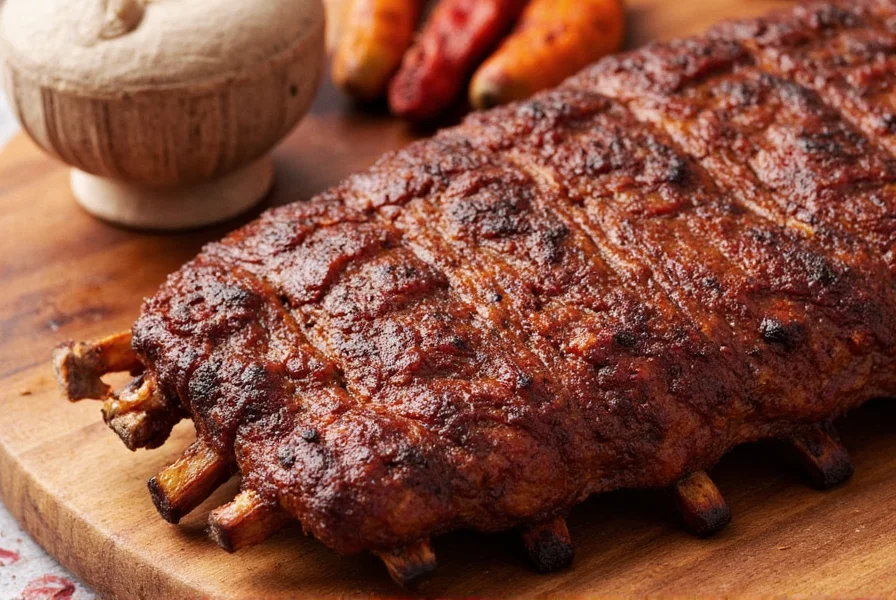
1. Classic Memphis Style Rub
- 3 tbsp brown sugar
- 2 tbsp paprika
- 1 tbsp garlic powder
- 1 tbsp onion powder
- 1 tsp black pepper
- 1 tsp salt
- ½ tsp cayenne (optional)
Perfect for fall-off-the-bone ribs without sauce — let the rub shine!
2. Sweet Texas Twist
- 4 tbsp brown sugar
- 2 tbsp smoked paprika
- 1 tbsp chili powder
- 1 tbsp cumin
- 1 tsp garlic powder
- ½ tsp cayenne
- ½ tsp salt
Ideal for those who want bold sweetness with a Southwestern kick.
3. Carolina Heat Rub
- 2 tbsp paprika
- 2 tbsp brown sugar
- 1 tbsp cayenne pepper
- 1 tbsp garlic powder
- 1 tsp black pepper
- 1 tsp salt
- ½ tsp celery seed (optional)
For fans of North Carolina-style heat — bring the fire!
4. Kansas City Fusion Rub
- 3 tbsp brown sugar
- 2 tbsp paprika
- 1 tbsp garlic powder
- 1 tbsp onion powder
- 1 tbsp mustard powder
- ½ tsp cayenne
- ½ tsp salt
This rub adds a tangy edge and pairs perfectly with barbecue sauce.
5. Coffee Crust Rub
- 2 tbsp ground coffee
- 2 tbsp brown sugar
- 1 tbsp smoked paprika
- 1 tbsp garlic powder
- 1 tsp cayenne
- 1 tsp salt
- ½ tsp cinnamon (optional)
The coffee adds earthy depth — try it with beef ribs!
6. Cocoa-Kissed Rub
- 2 tbsp cocoa powder
- 2 tbsp brown sugar
- 1 tbsp smoked paprika
- 1 tsp garlic powder
- 1 tsp onion powder
- 1 tsp salt
- ½ tsp chili powder
Dark, rich, and decadent — chocolate lovers will adore this twist.
7. Herb Garden Rub
- 3 tbsp brown sugar
- 2 tbsp paprika
- 1 tbsp dried thyme
- 1 tbsp dried rosemary (crushed)
- 1 tsp garlic powder
- ½ tsp salt
- ½ tsp black pepper
Aromatic and unique — brings a European flair to American classics.
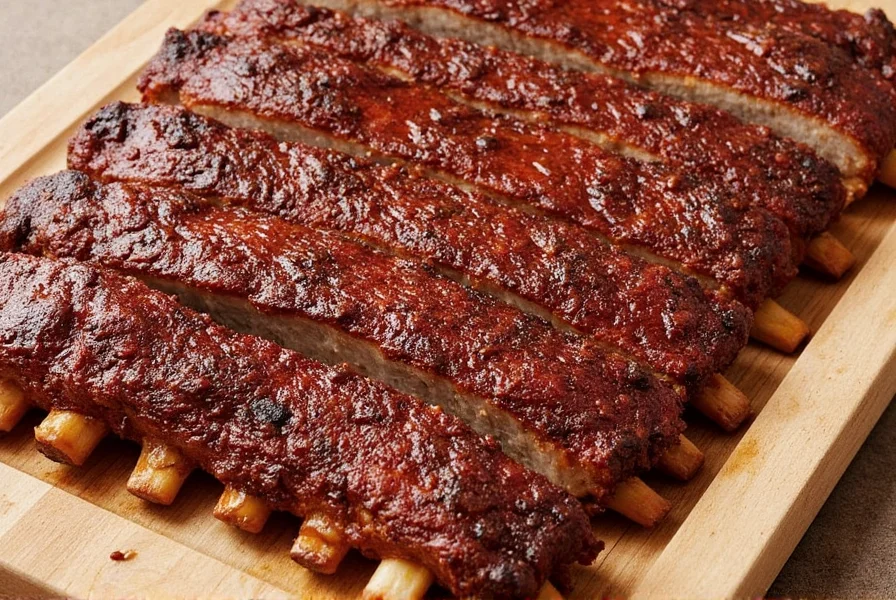
How to Apply Your Dry Rub Like a Pro
It’s not just what you use — it’s how you use it. Even the best barbecue ribs dry rub recipe won’t work if applied incorrectly. Here’s how to maximize flavor and texture:
- Trim and Prep the Ribs: Remove the membrane on the back of the ribs for better spice penetration. Pat them dry with paper towels.
- Use Enough Rub: Don’t be shy! Coat both sides generously. A good rule of thumb is about 1 tablespoon of rub per pound of meat.
- Press It In: Massage the rub into the meat. This ensures better adhesion and deeper flavor absorption.
- Let It Rest: For maximum flavor, refrigerate the ribs overnight or at least 4 hours before cooking. The longer the rest, the deeper the penetration.
- Smoke Low and Slow: Cook ribs at 225°F for 4–5 hours. Wrap them in foil with some liquid (like apple juice or beer) after 2–3 hours for tender results.
- Rest Before Serving: Let the ribs rest for 10–15 minutes to allow juices to redistribute.
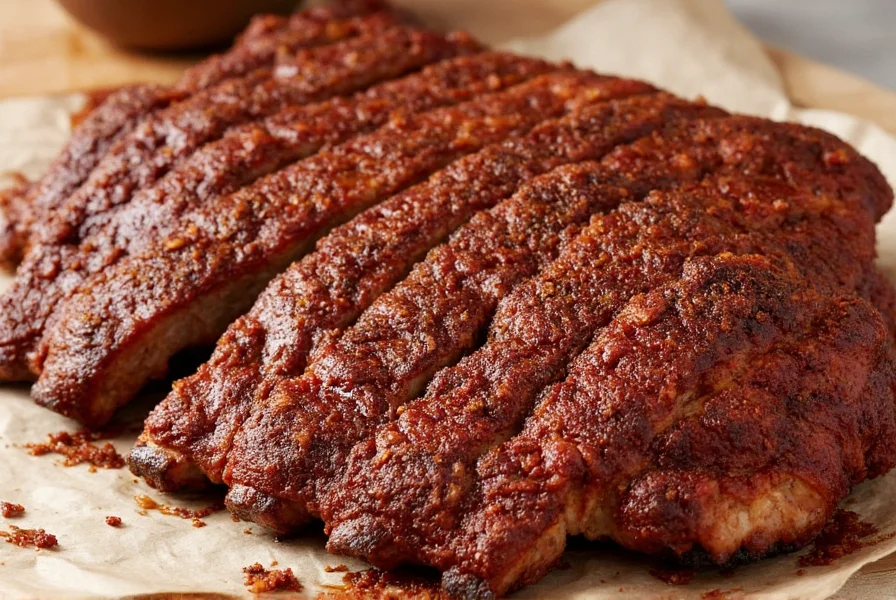
Buying Guide: Choosing the Best Ingredients
While making your own rub is rewarding, sometimes convenience wins. Here’s a guide to help you pick high-quality pre-made blends or individual spices that can enhance your barbecue ribs dry rub recipe:
| Product | Description | Advantages | Best For | Occasions |
|---|---|---|---|---|
| McCormick Grill Mates Brown Sugar Bourbon Rub | Rich blend with real bourbon notes and brown sugar | Great balance of sweet and smoky; consistent quality | Beginners looking for quick success | Weekend cookouts, family dinners |
| Badia Smoked Paprika | Finely ground Spanish paprika smoked over oak | Adds authentic smoky depth to any DIY rub | Cooking enthusiasts and DIYers | BBQ competitions, special occasions |
| Spice Islands Garlic Powder | Fine, aromatic, and potent | Consistent flavor; no clumping | Daily cooks and bakers | Everyday grilling, meal prep |
| Penzeys Spices Cacao Nibs | Natural, unsweetened crushed cacao beans | Intense chocolate flavor without added sugar | Chefs and gourmet home cooks | Dessert-inspired ribs, dinner parties |
| Trader Joe’s Everything But The Bagel Seasoning | Savory, crunchy mix of sesame seeds, poppy seeds, garlic, onion, and salt | Versatile seasoning with umami boost | Creatives looking for new flavor ideas | Fun experiments, themed events |
Pro Tips When Buying Spices:
- Check the Expiration Date: Fresh spices = more flavor.
- Buy Whole Spices When Possible: Grind as needed for stronger aroma and potency.
- Store in Cool, Dark Places: Avoid heat and sunlight to preserve shelf life.
- Don’t Mix Old and New Spices: They’ll lose strength faster when combined.
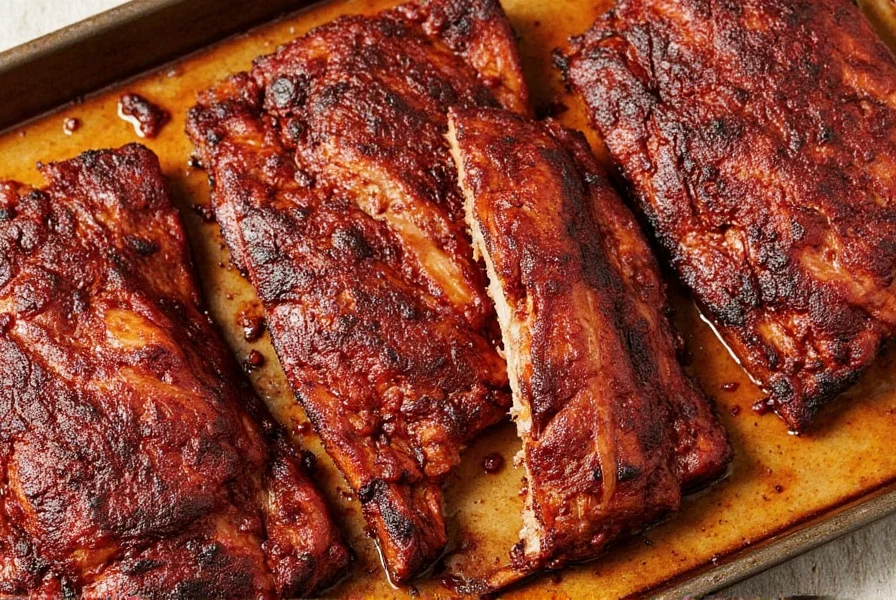
Conclusion
Mastering your barbecue ribs dry rub recipe is a game-changer in the world of grilling and smoking. Whether you stick with classic combinations or go wild with experimental blends, the key lies in balance, application, and patience.
From sweet Memphis styles to spicy Carolina kicks, there’s a rub out there to suit every palate. And once you understand how each ingredient contributes to the final result, you’ll be able to tweak, swap, and customize until your ribs hit that perfect note of smoky, salty, sweet, and savory bliss.
So next time you fire up the smoker or crank up the grill, remember: it’s not just about the meat — it’s about the magic you sprinkle on top.
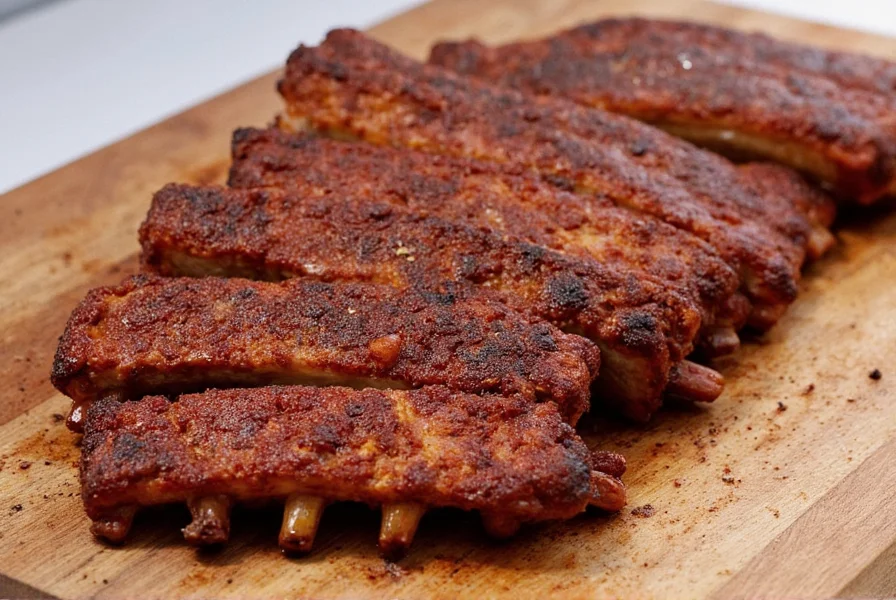

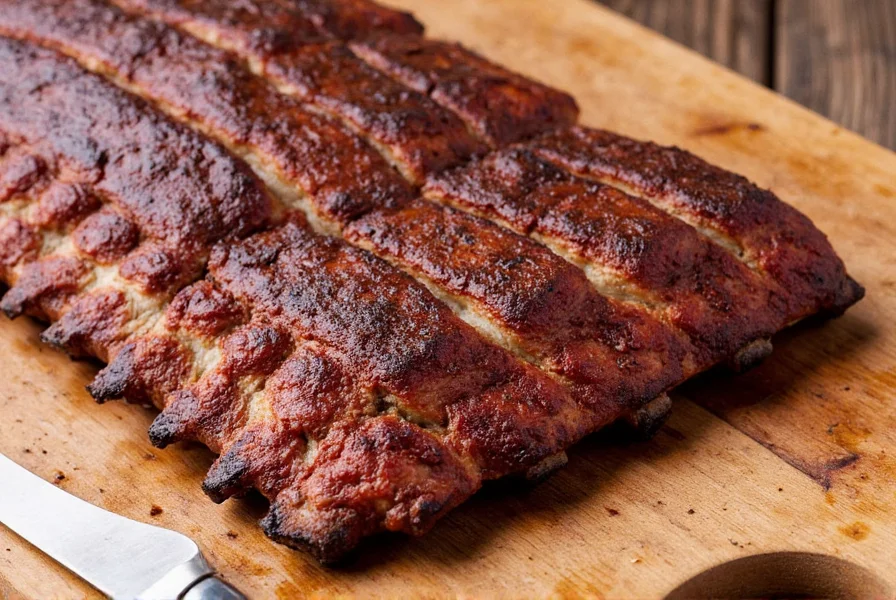









 浙公网安备
33010002000092号
浙公网安备
33010002000092号 浙B2-20120091-4
浙B2-20120091-4